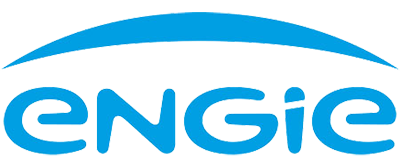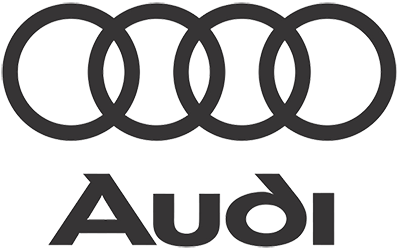Ultrasonic Robotic QC
New adaptive robot cell flexibly automates highly sensitive ultrasonic inspection

Why Ultrasonic Robotic Quality Control (QC)?
Why Robotic Ultrasonic Quality Control (QC)?

Key Advantages
'Ultrasonic Robotic QC' drastically reduces or eliminates scrap and decreases related CO2 emissions. Such a robot cell excellently fit into Industry 4.0 automation initiatives supporting higher quality, efficiency and traceability.
Compared to manual inspection, it is like having your best quality control operators on the job and increase productivity at the same time – and make sure they never get tired. The automated adaptive process delivers more robust and flexible ultrasonic quality control, which leads to consistently better produced items. The robot takes over ergonomically burdening tasks from operators, while they can continue work near the robot.
Drastically Reduces or Eliminates Scrap
The quality control is no longer destructive. All parts are tested by a robot in a non-destructive mode.
More Reliable Inspection Results
One Cell Can Inspect Multiple Car Parts
Operators easily switch to another car part by selecting the part from a computer screen.
Faster than Experienced Operator
‘Ultrasonic Robotic QC’ speeds up inspections by adaptively guiding the ultrasonic sensor.
Offering Robotic Intelligence
Based on contact forces and ultrasonic measurements, FRS adjusts the position and orientation of the ultrasonic sensor in real time. In this way, FRS offers the required robotic intelligence to continuously take valid ultrasonic measurements.
FRS Robotics has demonstrated ‘Ultrasonic Robotic QC’ on vehicle doors in premiere on the Control expo in Stuttgart.
Sensor-Guided Robotic Operations
Sensor-Guided Robotic Operations
FRS is a Belgian high-tech company specialising in adaptive robot control designed for human-robot collaboration or full automation applications.









